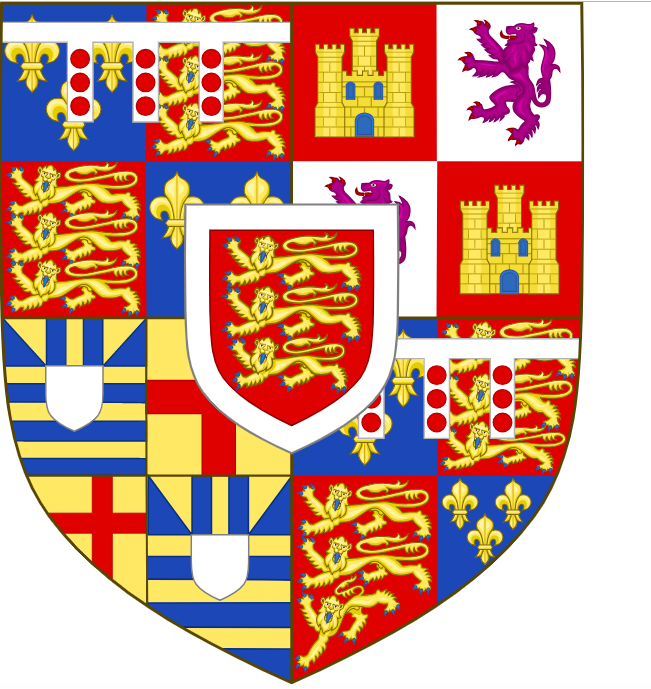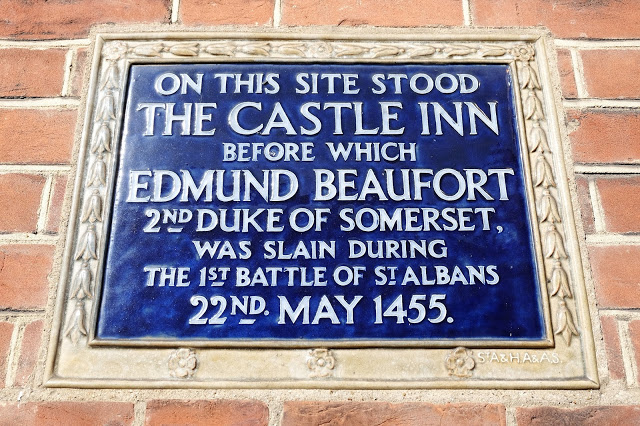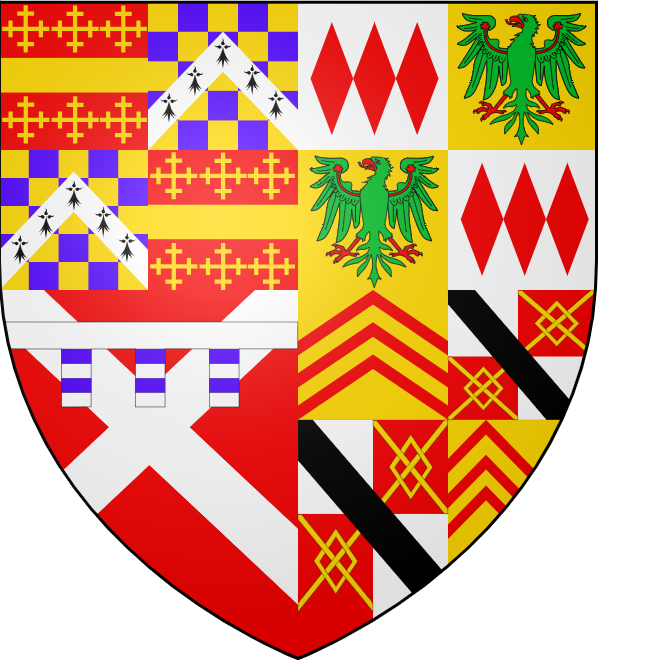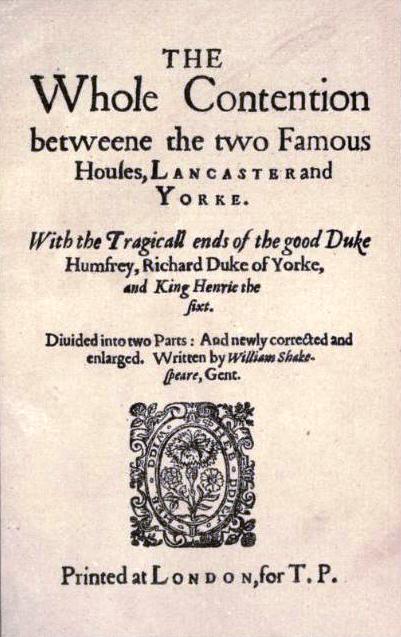
On 22 May 1455, troops supporting the rival houses of Lancaster and York advanced on St Albans.
Troops commanded by Richard, Duke of York, resoundingly defeated a Lancastrian royal army commanded by the Duke of Somerset, who was killed in the fighting. King Henry VI was captured, leading to a subsequent parliament appointing Richard of York Lord Protector.
It was the day that launched a bloody civil war that would last more than 3 decades: the Wars of the Roses.
Here are ten facts about the battle:
1. The battle between the Duke of York and the Duke of Somerset began long before 1455
When Henry VI had suffered a mental breakdown, Somerset had tried to become Lord Protector. However, York was given the appointment to govern England as Lord Protector and First Councillor of the realm due to his considerable popularity.
York used this position to move against his chief rival, and Somerset was imprisoned. When Henry recovered, Somerset was released and restored to his former position of power.
 Watch Now
Watch NowHaving reconvened the court by mid-April 1455, Henry and a select council of nobles decided to hold a great council at Leicester. York and his allies anticipated that Somerset would bring charges against them at this assembly, so they gathered an armed retinue and marched to stop the royal party from reaching Leicester, intercepting them at St Albans.

Richard of York, 3rd Duke of York (Variant). The inescutcheon of pretence showing the arms of the House of Holland, Earls of Kent, represents his claim to represent that family, derived from his maternal grandmother Eleanor Holland (1373-1405), one of the six daughters and eventual co-heiresses to their father Thomas Holland, 2nd Earl of Kent (1350/4-1397). Credit: Sodacan / Commons.
2. There were initial attempts at negotiations
For several hours before the battle, heralds moved back and forth between the two commanders, with the Duke of York demanding that the Duke of Somerset – who was responsible for military failures in France and was York’s longtime rival – be handed over for execution. In an act of surprisingly decisive kingmanship, Henry refused.
3. Despite eventually losing, the Lancastrians were well prepared for battle
The 2,000 strong army under the command of the Duke of Somerset arrived in St Albans first and set about organising its defences, which resulted in some initial heavy casualties for the larger Yorkist force.
4. The Lancastrians assumed the negotiations would be peacefully resolved
Despairing of a peaceful solution, after many hours of talks Richard decided to attack. The bulk of Henry’s forces were surprised, having expected a peaceful resolution similar to the one at Blackheath in 1452. However, the two Yorkist frontal assaults made no headway and initially resulted in heavy casualties among their men.
 Watch Now
Watch Now5. A surprise attack paved the way for Yorkist victory
It was a small force led by the Earl of Warwick that marked the turning point in the battle. They picked their way through small back lanes and rear gardens, then burst into the town’s market square where the Lancastrian forces were relaxing and chatting. Warwick quickly ordered his men to charge the main body of Henry’s army, who were being held there in reserve. The Lancastrian defenders, realizing they were outflanked, abandoned their barricades and fled the town.
6. The Duke of Somerset sought refuge at the Castle Inn
Knowing full well that York would never let him live, when the battle began to turn in Yorkist favour Somerset sought refuge at the Castle Inn. When Yorkists surrounded the building, Somerset decided to fight his way out. He valiantly charged onto the main street and over the bodies of his defenders, killing four men before eventually being struck down.
In Shakespeare’s Henry VI, Part 2 York says the following:

Credit: Alec Latham / Commons.
7. Longbowmen were responsible for capturing the King
Warwick’s longbowmen rained arrows onto Henry’s bodyguard, killing Buckingham and several other influential Lancastrian nobles and wounding the king. Henry was later escorted back to London by York and Warwick.
8. The Battle of St Albans led to the Earl of Warwick’s lasting fame
The sudden attack and bravery displayed by the 27-year-old launched his illustrious military career and would help earn him the nickname ‘The Kingmaker’.

Coat of arms of Warwick, the Kingmaker. Credit: Ipankonin / Commons.
9. The King’s capture resulted in York becoming Proctor of England
With the King captured, the battle paved the way for York to be appointed as Protector of England by Parliament a few months later.

Title page of The Whole Contention Between the Two Famous Houses of York and Lancaster published by William Jaggard and Thomas Pavier in 1619.
10. Shakespeare’s historic play Henry VI, Part 2 ends with the conclusion of this battle
In it, Margaret of Anjou persuades the distraught King to flee the battlefield and head to London. The play ends with York, Edward, Richard, Warwick and Salisbury setting out in pursuit of Henry, Margaret and Clifford.














